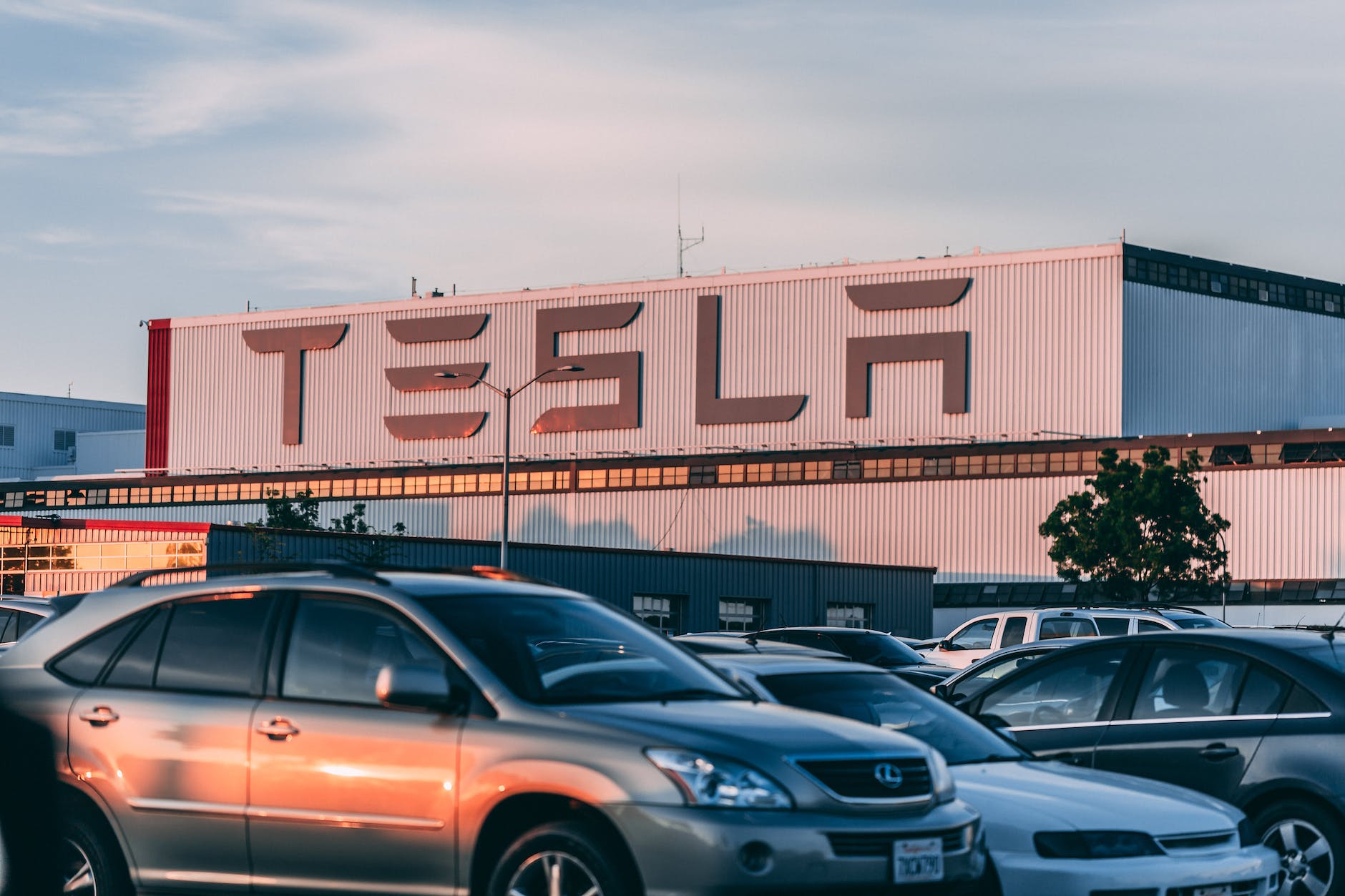The evolution of the automobile has come a long way since its days as a horse and carriage. Today, we are on the brink of the autonomous driving revolution, with cars that are connected, faster, and more efficient than ever before. But before we get into the future of the automobile, let’s take a look at its fascinating evolution.
Introduction to the Evolution of the Automobile
The automobile has been around for centuries in some form or another. From the horse and buggy to the steam engine, the automobile has been an integral part of our lives throughout history. In the 19th century, the first gasoline-powered automobile was invented. This invention changed the way we travel and the way we think about transportation. The automobile has since evolved and changed drastically, with innovations in engine technology, safety, and connectivity. In this blog article, we’ll explore the evolution of the automobile and how it has shaped the automotive industry as we know it today.
“Vehicles, the vessels of progress, bridge the distance between dreams and destinations, fueling the journey of human innovation and igniting the engines of exploration.”
The Early Automobile: From Horse and Carriage to the First Automobile
The first automobile can be traced back to the late 1700s when Nicolas Joseph Cugnot created a three-wheeled steam powered vehicle. This vehicle was the first self-propelled land vehicle, and it paved the way for the modern automobile. As the 19th century progressed, the horse and carriage was replaced by steam-powered vehicles. These vehicles were more efficient and allowed for longer journeys. In 1886, Karl Benz created the first gasoline-powered automobile, which was the first car to be mass-produced. This invention changed the automotive industry forever and started the evolution of the automobile.
The Gasoline Age: Mass Production, Innovation, and the Internal Combustion Engine
The invention of the gasoline-powered automobile ushered in the gasoline age. Automotive companies began producing cars on a mass scale, and car ownership became more accessible. Innovations in engine technology allowed for the development of the internal combustion engine, which is still used in modern automobiles today. This engine allowed for faster speeds, longer journeys, and more efficient fuel consumption. As the 20th century progressed, cars became faster and more reliable, and the automotive industry flourished.
The High-Speed Age: Automobiles Become Faster and More Efficient
The 20th century also marked the beginning of the high-speed age. Automobiles became faster and more efficient, thanks to innovations in engine and transmission technology. Automakers began developing cars with higher horsepower and better fuel economy, allowing drivers to travel farther and faster. As engines became more powerful and efficient, car designs became sleeker and more aerodynamic. This allowed for faster speeds and better performance, and automobiles became an integral part of our lives.

The Automobile in the 21st Century: Connectivity, Autonomous Driving, and Electric Vehicles
We are now in the 21st century, and the evolution of the automobile is continuing to move forward. Automakers are focused on developing cars that are connected, autonomous, and electrified. Connected cars are equipped with advanced technologies that allow drivers to stay connected while on the road. Autonomous driving technologies are being developed to make driving safer and more efficient. And electric vehicles are becoming more popular, thanks to their lower emissions and improved fuel economy.
The Future of the Automobile: Autonomous and Connected Cars
The future of the automobile is autonomous and connected cars. Autonomous driving technology will allow cars to drive themselves, eliminating the need for a human driver. Connected cars will be equipped with advanced technologies that allow them to communicate with other cars and with their environment. This will enable cars to be safer, more efficient, and more connected than ever before.
Benefits of Autonomous Driving
Autonomous driving technology has a lot of potential benefits. For one, it can make driving safer, as cars will be equipped with advanced sensors and cameras that can detect potential hazards on the road. Autonomous cars can also reduce traffic congestion, as they are able to communicate with each other and with the environment to make sure they are driving in the most efficient way possible. Finally, autonomous driving can improve fuel efficiency, as cars can be programmed to drive more efficiently.
Challenges of Autonomous Driving
While autonomous driving technology has a lot of potential benefits, there are also some challenges that need to be addressed. One of the biggest challenges is the cost of the technology. Autonomous driving technology can be expensive to develop and implement, and this could limit its adoption in the near future. Additionally, there are still some legal and ethical issues that need to be resolved before autonomous driving can become a reality. Finally, there is still the issue of public acceptance. People need to be educated about the technology and feel comfortable with the idea of cars driving themselves.
Maximizing Your Vehicle’s Potential: Professional Guide on Street Legal Car Modifications
Conclusion
The evolution of the automobile has come a long way since its days as a horse and carriage. Today, we are on the brink of the autonomous driving revolution, with cars that are connected, faster, and more efficient than ever before. Autonomous driving technology has a lot of potential benefits, but it also has some challenges that need to be addressed before it can become a reality. As we move forward, the evolution of the automobile will continue to shape the automotive industry, and we’re excited to see what the future has in store.
The evolution of the automobile has been an incredible journey, and we can’t wait to see what the future holds. As we look to the future, it’s important to remember the history of the automobile and the innovations that have shaped the automotive industry as we know it today. From the horse and buggy to autonomous driving, the automobile has come a long way and will continue to evolve in the years to come.
10 Essential Car Maintenance Tips to Keep Your Vehicle Running Smoothly








